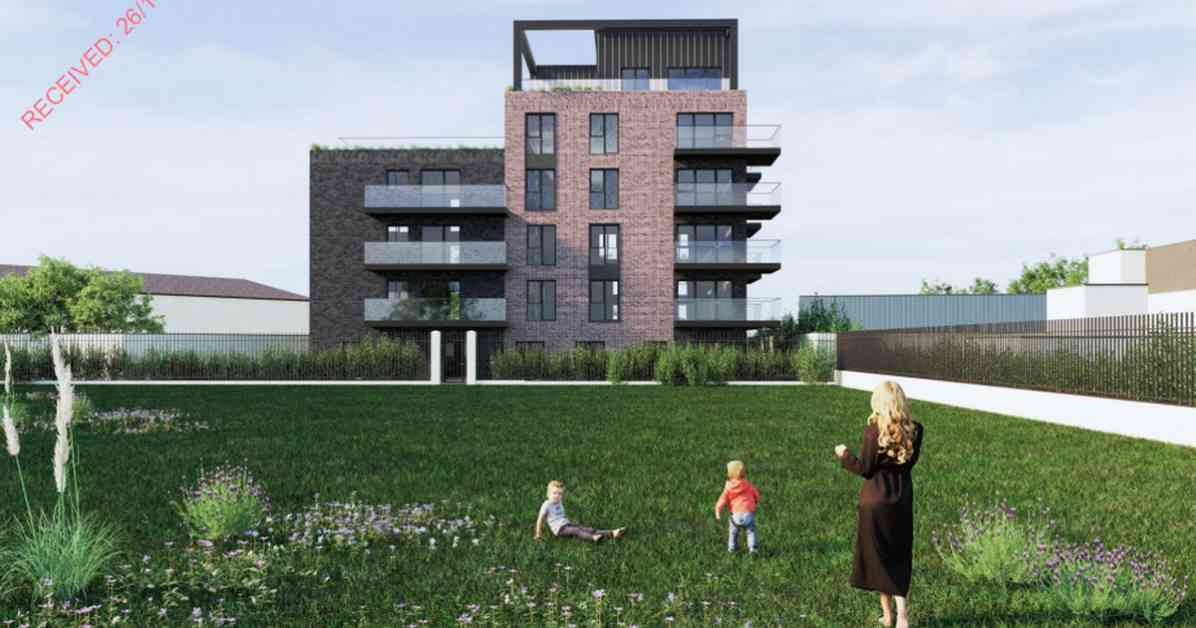Dublin City Council recently made headlines by refusing plans for the construction of residential apartments in Drimnagh. The proposed development, which aimed to replace Oscar House with a new four and six-story apartment block comprising 26 units, was met with a resounding rejection on January 27. The site, situated between Galtymore Road residences and the Good Counsel GAA club, faced scrutiny for various reasons, ultimately leading to the denial of permission by city planners.
Concerns raised by observers encompassed a range of issues, from the size and scale of the proposed development to the accessibility and amenities available in the area. One major point of contention was the potential negative impact on the existing infrastructure, including water and broadband services. Additionally, the lack of essential facilities like healthcare and educational institutions within close proximity was highlighted as a significant drawback.
A notable apprehension expressed by both Good Counsel GAA and Independent Site Management focused on the obstruction of visibility for an essential telecommunications mast near the site boundary. The potential implications of this interference on communication services were a cause for alarm among stakeholders, further complicating the approval process for the construction project.
The rejection of the development plans by Dublin City Council planners was primarily based on two key factors. Firstly, the concept of overdevelopment was deemed a threat to the overall ambiance and sustainability of the area. The proposed apartment block was viewed as a potential detriment to the existing amenities, raising concerns about its compatibility with the neighborhood’s character.
Moreover, the issue of car parking on the site emerged as a critical point of contention. Planners expressed reservations about the applicant’s failure to demonstrate the benefits of a car-free development approach. The potential overflow of cars onto surrounding streets, coupled with the obstruction of footpaths, was identified as a significant concern that could impact the residential experience and public safety in the vicinity.
Reflecting on the implications of this decision, it becomes evident that the balance between urban development and community well-being is a complex and multifaceted challenge. The divergent interests of stakeholders, from local residents to sporting organizations and regulatory bodies, highlight the intricate web of considerations that shape the urban landscape. As cities continue to evolve and grow, the delicate dance between progress and preservation remains a central theme in the planning and development process.
In the realm of urban planning, every decision carries weight and reverberates through the fabric of the community. The intersection of design, functionality, and sustainability requires a delicate touch and a nuanced understanding of the diverse needs and aspirations of all stakeholders involved. As we navigate the ever-changing landscape of our cities, it is essential to approach development projects with a holistic perspective that prioritizes the long-term well-being of the residents and the preservation of the unique character of each neighborhood.
In conclusion, the denial of the apartment construction plans in Drimnagh serves as a reminder of the intricate dance between progress and preservation that defines the urban planning landscape. As we continue to shape our cities for the future, it is imperative to strike a balance that honors the past, embraces the present, and paves the way for a sustainable and vibrant tomorrow.












